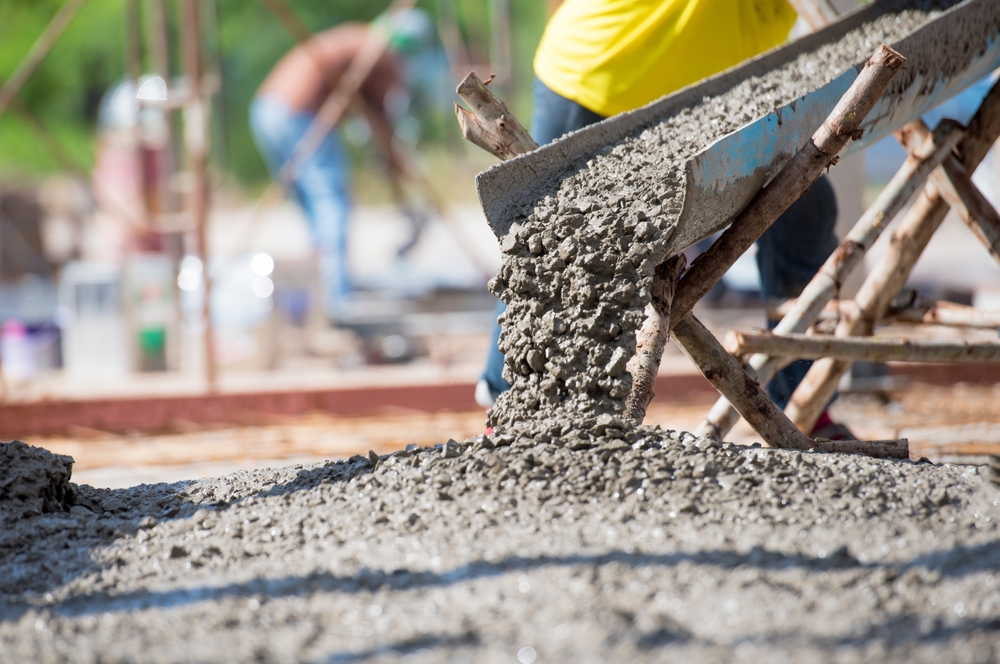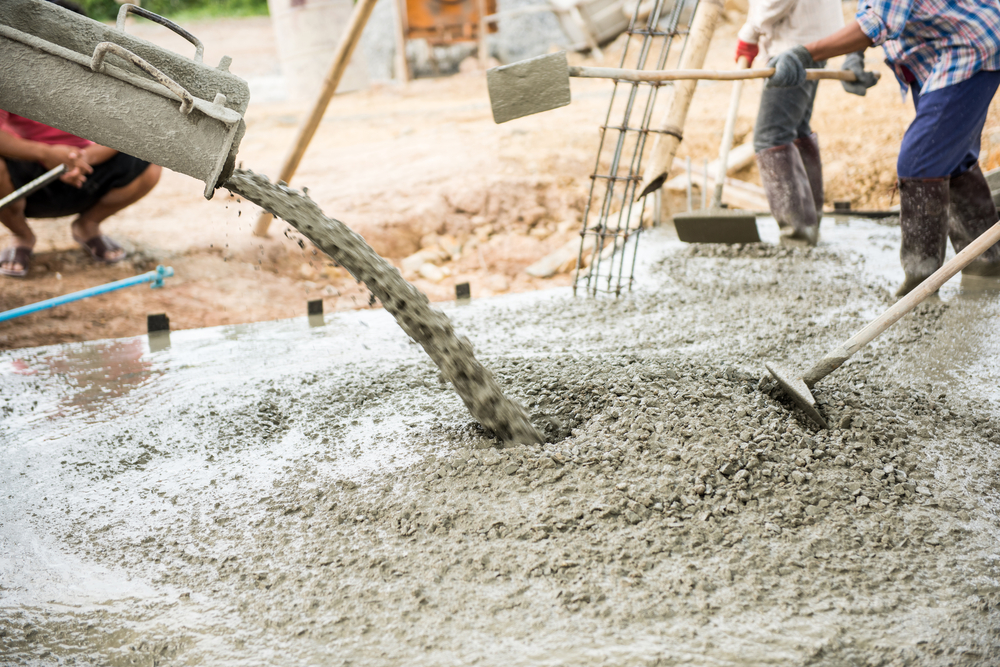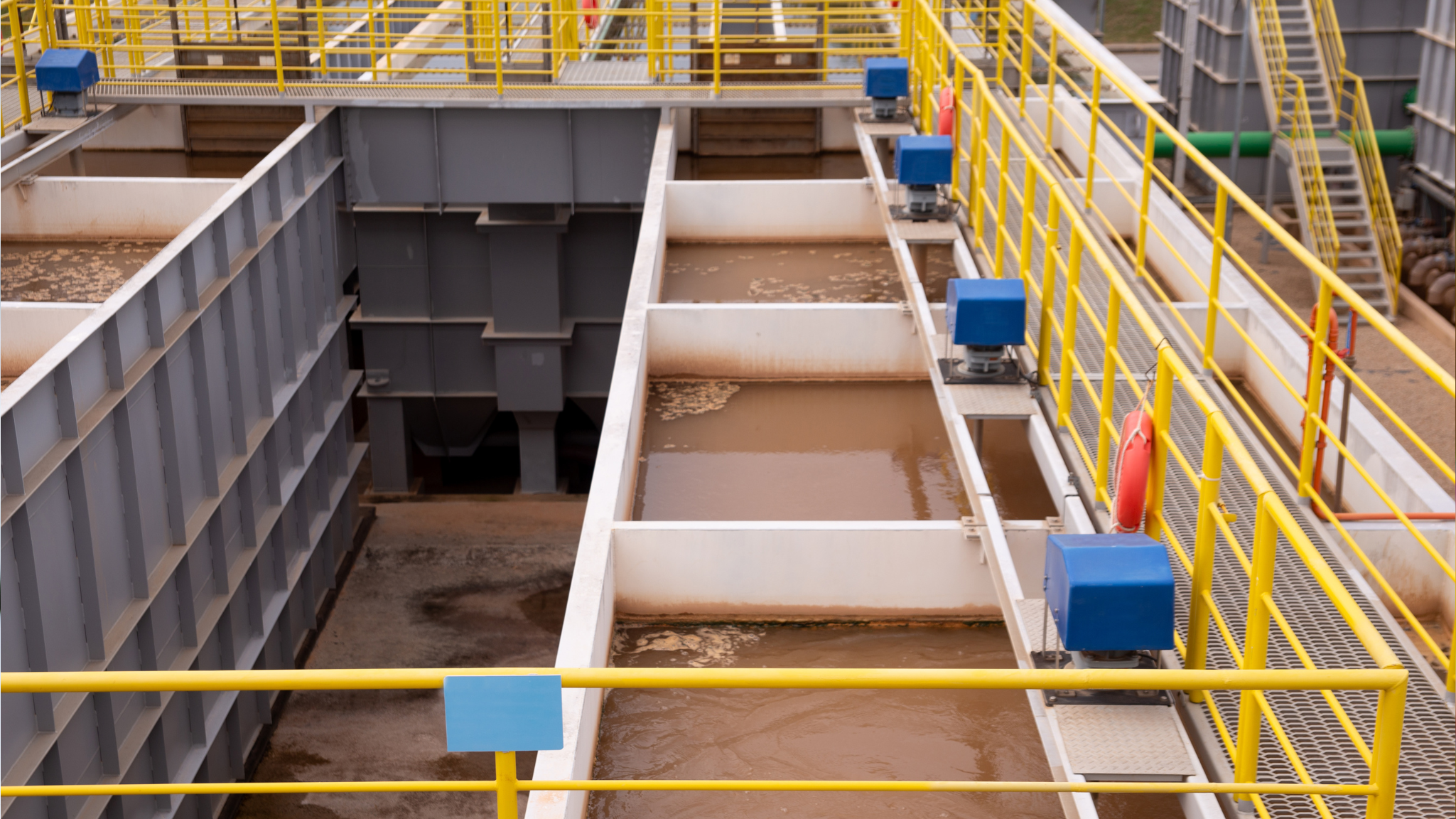Water clarity is a crucial aspect of water quality, influencing its aesthetic appeal and safety for various applications. In the quest for clearer water, polymer flocculants have emerged as powerful tools. This article delves into the realm of polymer flocculants, exploring their characteristics, the flocculation process, effectiveness in enhancing water clarity, and their role in modern water clarification techniques.
Table of Contents
Introduction
Crystal-clear water is not only visually appealing but also essential for various applications, from drinking water supply to industrial processes. Polymer flocculants have emerged as a promising solution to enhance water clarity by effectively removing suspended particles. In this article, we explore how polymer flocculants contribute to achieving clearer water and their significance in modern water treatment.
Understanding Polymer Flocculants
What are Polymer Flocculants?
Polymer flocculants are high molecular weight compounds composed of long chains of repeating units. They are designed to aid in the aggregation of fine particles suspended in water, forming larger flocs that settle more rapidly.
Types of Polymer Flocculants
Polymer flocculants come in various types, including cationic, anionic, nonionic, and amphoteric. Each type exhibits distinct properties and is suitable for different water treatment scenarios.
The Flocculation Process
How Flocculation Works
Flocculation is the process of bringing together suspended particles to form larger, heavier flocs that can be easily separated from the water. It involves several stages, including rapid mixing, slow mixing, and sedimentation.
Role of Polymers in Flocculation
Polymer flocculants play a pivotal role in flocculation by providing binding sites for particles to adhere to. Their long molecular chains help bridge particles, creating strong and stable flocs.
Effectiveness of Polymer Flocculants
Advantages in Water Clarification
Polymer flocculants offer several advantages, including high efficiency in particle removal, reduced settling time, and improved sedimentation. They can effectively remove both organic and inorganic particles.
Addressing Challenges
While polymer flocculants are powerful tools, challenges such as dosage optimization and compatibility with other treatment chemicals need to be addressed for optimal performance.
Water Clarification Techniques
Traditional vs. Modern Approaches
Traditional water clarification methods often involve simple sedimentation and filtration. Modern techniques, on the other hand, utilize advanced processes like dissolved air flotation (DAF) and membrane filtration for higher efficiency.
Role of Polymer Flocculants in Modern Techniques
In modern water clarification techniques, polymer flocculants enhance the efficiency of processes like DAF and improve the quality of treated water by aiding in the removal of finer particles.
Case Studies: Polymer Flocculants in Action
Municipal Water Treatment Plant A
At Plant A, polymer flocculants were introduced to enhance the settling of suspended particles. This led to improved sedimentation and reduced the load on downstream filtration units.
Industrial Wastewater Treatment Plant B
Plant B adopted polymer flocculants to address complex particle compositions in its wastewater. The flocculants improved the overall efficiency of the treatment process, leading to compliance with discharge regulations.
Best Practices for Polymer Flocculant Application
Dosage Considerations
Appropriate dosage is critical for effective flocculation. Factors such as water composition, polymer type, and treatment objectives influence the optimal dosage.
Mixing and Dispersion Techniques
Proper mixing and dispersion ensure even distribution of polymer flocculants throughout the water, maximizing their contact with suspended particles.
Future Trends in Water Clarity Enhancement
Research and Innovations
Ongoing research aims to develop polymer flocculants with enhanced performance and selectivity, catering to specific particle types and water conditions.
Sustainable Approaches
The water treatment industry is increasingly focusing on sustainable practices. Future trends include the development of biodegradable and eco-friendly polymer flocculants.
Conclusion
Polymer flocculants have revolutionized water treatment by significantly improving water clarity through efficient particle removal. Their role in flocculation processes, coupled with advancements in water treatment techniques, has paved the way for cleaner and safer water sources. As research and innovations continue, polymer flocculants are poised to play an even more critical role in shaping the future of water clarity enhancement.
FAQs
1. **Are polymer flocculants safe for drinking water treatment?**
Yes, when used within recommended dosages, polymer flocculants are safe and effective for drinking water treatment.
2. **Can polymer flocculants remove microscopic particles?**
Polymer flocculants are effective in aggregating even small particles, contributing to the removal of microscopic impurities.
3. **Do polymer flocculants negatively impact aquatic life?**
Biodegradable and eco-friendly polymer flocculants are designed to minimize ecological impacts, making them safer for aquatic environments.
4. **Can polymer flocculants be used in industrial processes?**
Absolutely, polymer flocculants find applications in various industrial processes, aiding in the separation of solids from liquids.
5. **What is the future potential of polymer flocculants?**
The future holds promising developments in polymer flocculant technology, including enhanced performance, selectivity, and sustainability.



